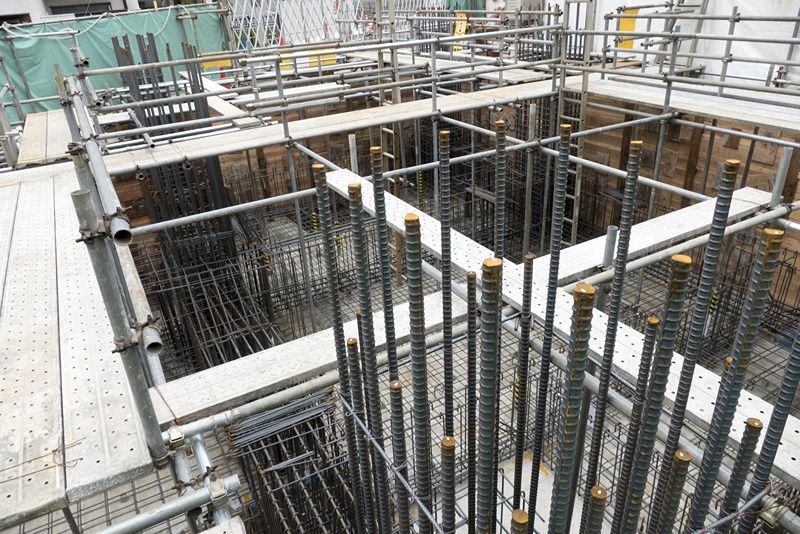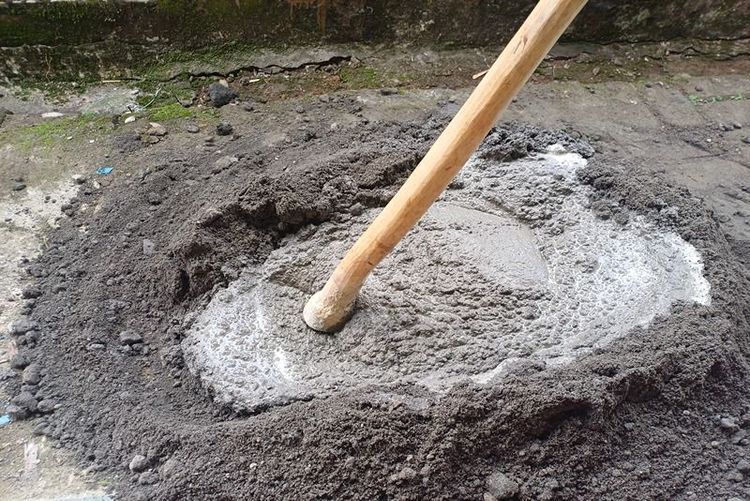Earthquakes pose significant challenges to infrastructure, especially in seismically active regions. Designing buildings and other structures to withstand seismic forces is essential for minimising damage and ensuring safety. Cement, a key component in concrete, plays a vital role in creating earthquake-resistant infrastructure due to its versatility, strength, and ability to form durable composites with reinforcement. This blog delves into the critical role cement plays in earthquake-resistant construction and offers technical insights for Indian MSMEs in the construction sector.
The mechanics of earthquake forces
Understanding how earthquakes affect structures is fundamental to designing resilient infrastructure. Earthquakes generate lateral and vertical ground movements, exerting dynamic forces on buildings. These forces can cause soft story mechanism and brittle failures, particularly when a structure lacks flexibility and strength. The primary challenge is to create a structure that can absorb and dissipate these seismic energies without significant failure.
The role of cement in seismic design
Cement forms the backbone of reinforced concrete, one of the most commonly used materials for earthquake-resistant construction. Reinforced concrete combines the compressive strength of cement with the tensile strength of steel, creating a composite material that can better withstand dynamic forces. The properties of the cement used in the concrete mix can influence the behavior of the structure during seismic events.
1. High compressive strength
Cement provides the compressive strength necessary for a building to support vertical loads, even under the stress of an earthquake. Structures designed with high-strength cement mixes can resist cracking and buckling, which are common failure modes during seismic activity. Ordinary Portland cement (OPC) grades such as OPC 43 and OPC 53 are commonly used for structural applications due to their high compressive strength. For projects requiring additional durability and rapid load-bearing capacity, higher-grade cement or blended cements with pozzolanic materials may be considered.







 +91 7208055523
+91 7208055523
 Help & support
Help & support
